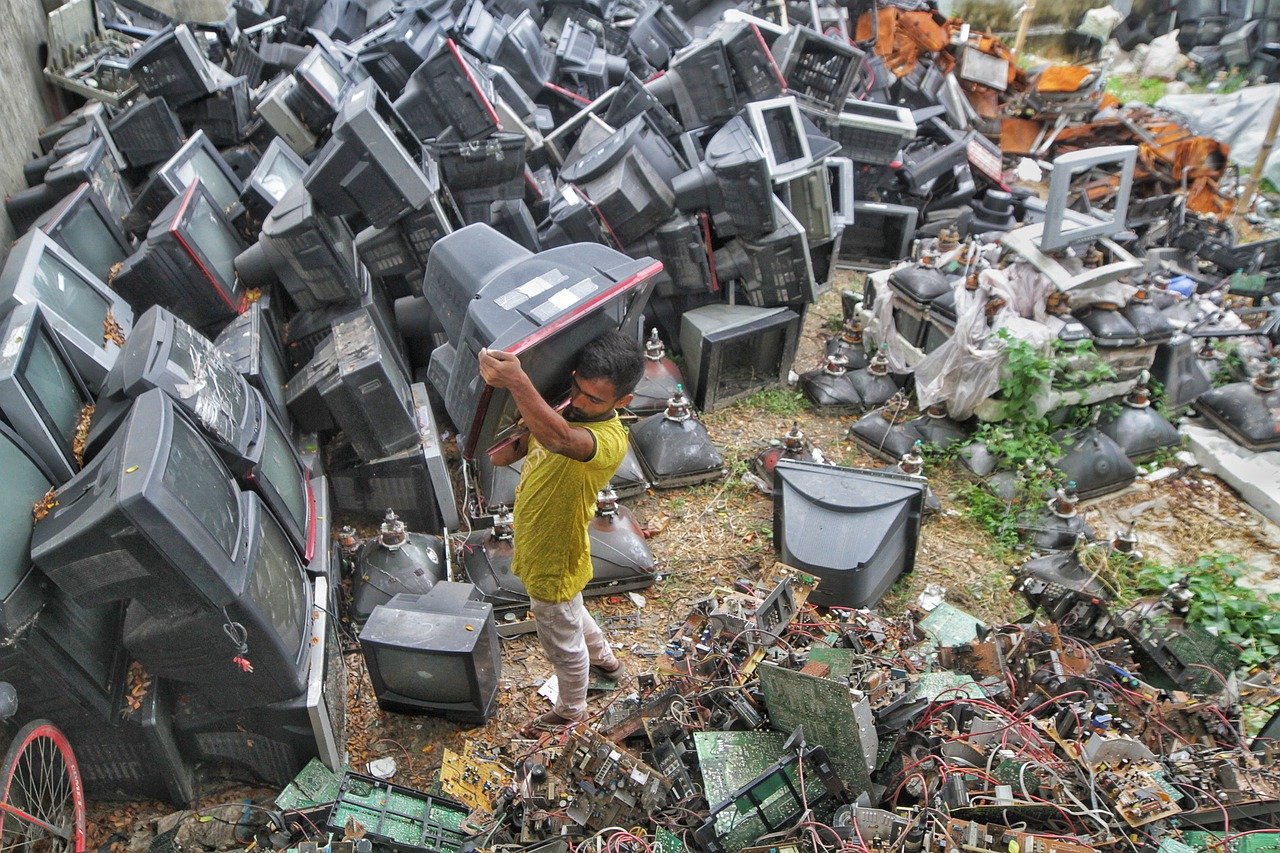Waste Guideline as well as Its Effect On Environmental Protection

Waste (additionally called non-hazardous waste) is any kind of material or product that can trigger injury to human health and wellness, or the atmosphere. Some typical waste examples consist of hazardous waste, contaminated waste from power plants, as well as discarded building and construction products. The International Facility for Power Loss (IFEL) specifies contaminated materials as any product or product which is possibly dangerous in whatever form, for whatever objective, or level of damages. This meaning consists of all waste, no matter what its purpose or degree of damages.
One more meaning of hazardous waste is any type of material or product for which there is a sensible danger of damage or damage if used or disposed of, except for those exempted by legislation. There are two government companies that further define the phrase, in addition to other ecological organizations. These agencies are the Environmental Protection Agency and the Department of Power's Workplace of Environmental Health And Wellness. They release numerous nationwide laws specifying what type of waste might be dealt with and how they need to be gotten rid of. In the United States, both the EPA as well as the Department of Power have actually developed detailed waste guidelines. To understand this topic better, view here!
For example, the Clean Air Act manages all aspects of non-hazardous waste and also the Disposal of Hazardous Waste Act controls the storage, treatment, transport, disposal, and relabeling of hazardous wastes. Both of these government companies have actually determined certain purposes for the regulation of waste. The EPA defines waste control as the prevention of contamination, contamination, and also waste disposal that creates unfavorable results on the environment and on public health and wellness as well as the public welfare. The function of the monitoring or guideline of contaminated materials is to shield the general public from the threats of waste as well as the hazards it might trigger to persons and also to the neighborhood.
The duties of waste management are divided in between 2 primary groups: main disposal and second disposal. In the key system, managed substances are saved in holding containers in managed waste centers such as land fills and seaside marinas. When these containers are filled up, they are consistently monitored to guarantee the had wastes do not leak out into regional water or land, and also there are routine examinations of these containment systems to guarantee that they are safe for use. Polluted surface waste and hazardous waste are then deposited in additional disposal sites, where they are taken care of as well as thrown away according to assigned plans.
There are 2 types of disposal systems for hazardous waste, permanent as well as momentary. The momentary storage space and transportation systems are designed to manage liquids and solids that can not be disposed of in one container. They are placed onsite to await collection. When it comes to fluids, this system might consist of closed or open systems that store waste in a closed container as well as transportation it to a central disposing website when it is ready to be disposed of. For solid products, the temporary storage space and also transport methods consist of trenches where fluids and strong wastes are deposited, as well as covered vaults including the waste that can not be delivered or deposited onsite. To understand this topic better, click here to continue reading more insights.
Both of these methods are managed by the EPA. An additional substantial location of waste regulation is the collection as well as therapy of hazardous waste. The EPA has a central role in establishing standards for both the collection of this material as well as its therapy. States likewise have an obligation for managing and also ensuring conformity with these nationwide programs. Because of the huge volume of waste generated by a number of markets, there is frequently a great need for professional help in both techniques to guarantee that dangers do not present a threat to the area as well as to the environment.
This link: https://simple.wikipedia.org/wiki/Electronic_waste will open up your minds even more on this topic.
